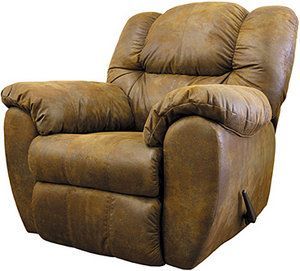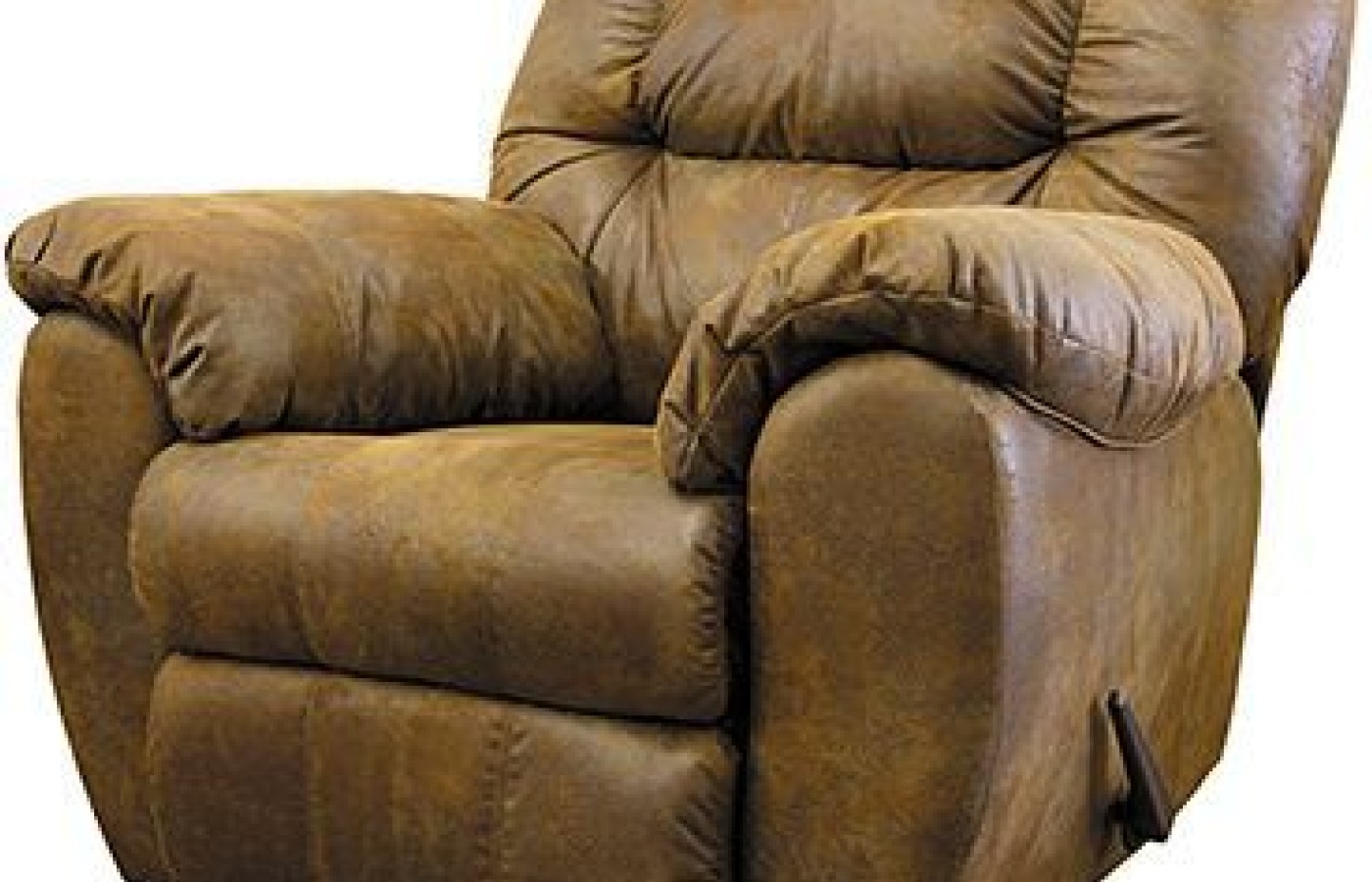Recent laws in New Jersey and California represent a disturbing trend that will negatively impact a practice’s ability to collect monies from patients, as well as expose them to significant penalties if the practice does not follow the mandatory guidelines to a T. Please be aware that a similar law may be coming to your state. The time to act is before the law is passed.
The Recliner Test
"Hi, Bill, how are you?"
"Oh, I'm OK, Doc. I've got pain down the leg again, so I thought I would stop by and get you to check it."
"Is it all the way down the leg, Bill? Is your calf muscle twitching again?"
"No, Doc, it's just getting started."
"Bill, when are you going to start coming in on a regular basis so we can prevent these episodes? You keep waiting until there's a problem and it's always harder that way. "
"Well, Doc, I trust you will always fix it. Besides, I've learned to tell it's coming on sooner, which helps."
"How did that come about? What tells you it's coming on?"
"My recliner. I can't sit in my recliner with just my legs up. If I lie all the way back, I'm fine, but if I just put the leg rest up, then my leg will start to hurt if things are starting to go bad."
"Bill, all of that makes sense. In fact, there's an orthopedic test that's very similar to what you're describing. We use it to diagnose lower back and sciatic nerve problems like yours. In fact, I've used it with you in the past. You probably don't remember. It's called the tripod sign or flip sign. Why don't we try it right now to see how accurate you are?"

"Sit on the table for me, Bill, with your knees bent and your legs hanging over the side. Now straighten the leg that doesn't hurt. Good. See how you can straighten that leg by itself, just as the recliner straightens both your legs when you raise the leg rest? Now relax that leg. Drop it back down and raise the leg that hurts.
"Oops ... You started to lean back on me. This time, raise it as far as you can without leaning back."
"I can't quite make it, Doc. If I don't lean back I can't straighten the leg."
"That's it, Bill. When your sciatic nerve is irritated, it's hard to sit up straight and create a right angle between your torso and upper leg when the knee is straight. It puts tension in the nerve. If you keep the leg bent or lean back when you straighten the entire leg, it takes the tension out of the nerve and you avoid the pain. That's what happens with your recliner.
"When you're sitting in the recliner with a right angle between your torso and your upper leg, and your knee is bent, the tension in your sciatic nerve is low. When you raise the leg rest, it straightens your knees, putting tension on your sciatic nerves. Normally that isn't a problem, but if one of your sciatic nerves is irritated, then the tension causes pain.
"In other words you can't have a right angle at the torso and upper leg and the knee straight when the sciatic nerve is irritated. You can have one or the other, but you can't have both. That's why you can't sit in the recliner with just your legs up, but you can lie back with your legs up. When you sit with the leg rest up without lying back, you have both the right angle and the knees straight. That causes pain. If you lie back, the right angle between your torso and your upper leg goes away. It reduces the tension in the nerve, and that reduces the pain."
"That's interesting, Doc, but what's a tripod have to do with this?"
"They call it the tripod sign because when a patient performs the test and has to lean back to reduce the tension and pain, they usually lean back on the heels of their hands. The patient's arms and buttocks form the three legs of the tripod. The other name, flip sign or flip test, comes from the patient flipping backward quickly to reduce tension and pain during the test. It is usually a quick movement if the pain is significant.
"Have you tried to bend over with your legs straight since this episode started, or have you been lying on your back when you tried to lift the sore leg?"
"I've tried to bend over a couple of times, but I didn't get far. My knee buckles when I do that. I haven't tried raising my leg, Doc."
"Both of those moves require the right angle at the torso and upper leg; and the entire leg to be straight. It's basically the same as sitting with the legs and knees straight, like in a recliner with the leg rest up – or like the test we just performed. When a patient with sciatica bends over and their leg buckles, it's called Neri's bowing test. If a patient is lying on their back and can't lift their sore leg and keep the knee straight, it's called straight-leg raising."
"Wow, Doc! That was more than I really wanted to know about this. I am kinda proud, though, to have figured this all out for myself. Well, I didn't know all the why's and how's of the thing, but I figured out enough to get here ... and earlier this time. Now if you would just teach me how to pop my own back, I wouldn't have to come down here at all."
"If I could teach someone how to adjust their own back and it really worked, I would be using it for myself. I also would have sold the idea to all the other chiropractors and be retired by now."
"Well, if you can't teach me, how about writing a letter to my insurance company telling them I need a new recliner?"
"Again, if I could get that to work I would be sitting in a new one myself right now. That gives me an idea. I could buy one and write it off as a business expense. I could use the recliner to test for sciatica instead of having the patients sit on the table and straighten their legs. I could also write an article about the test and title it 'The Recliner Test.'"
"You should call it 'Bill's Test.'"
"Nope. On second thought, I'll call it 'Miller's Reclining Test' or 'The Reclining Test of Miller."'
"All right Doc, sounds good. Can you pop my back now?"
"Adjust, Bill, not pop! Let's go."
Resources
- Miller KJ. Orthopedic and Neurological Examination in a Flash. Lippincott, Williams and Wilkins / Wolters Kluwer, 2008.
- Reid DC. Sports Injury Assessment and Rehabilitation. Churchill Livingstone, 1992.
- Gerard JA, Kleinfield SL. Orthopedic Testing, Churchill Livingstone, 1993.



